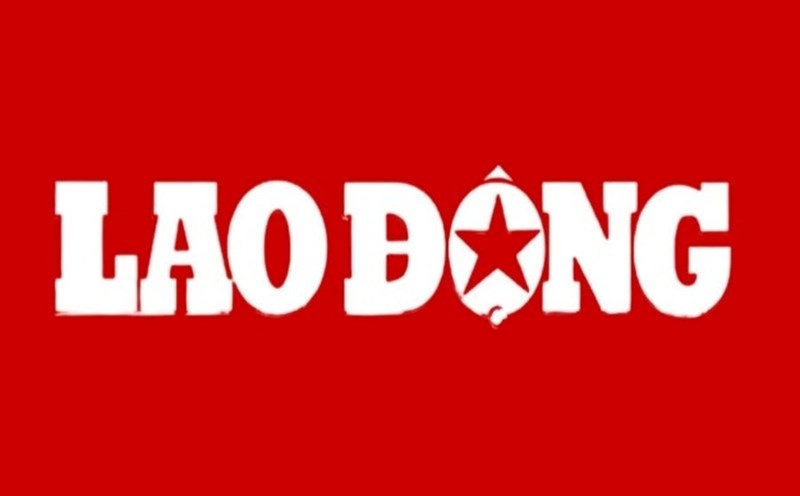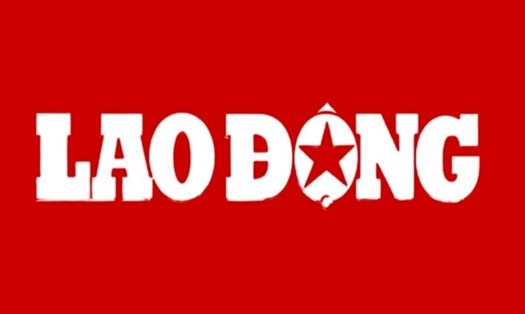RT reported that members of the Dutch parliament sent a letter to the country's foreign minister to express concern about the growing dependence of the European Union (EU) on Russian gas.
In the letter, lawmakers said that Russian natural gas via pipeline is cheaper than liquefied natural gas (LNG), transported to the EU by the US and other countries, and added that this hinders the process of moving towards stable investment in more sustainable options and infrastructure to replace Russian gas.
Before the Ukraine conflict escalated, Russia's annual gas supplies to the EU reached about 155 billion cubic meters, mostly via pipelines.
Russian oil and gas giant Gazprom - once a major gas supplier to the EU - has sharply reduced its gas exports to the EU in 2022, following the sabotage of the Nord Stream pipeline.
The Nord Stream 1 pipeline, which runs under the Baltic Sea and carries natural gas from Russia to the EU, along with the newly built Nord Stream 2, ruptured by underwater explosions in September 2022, making it impossible to operate.
EU-imposed sanctions on Ukraine have so far not target gas supplies via pipelines, but many EU members, including Poland, Bulgaria, Finland, the Netherlands and Denmark, have voluntarily stopped imports.
However, some EU countries, including Austria, Slovakia, the Czech Republic and Italy, are still importing gas via pipeline from Russia.
Moscow has shifted most of its gas exports to the east, strongly boosting sales to China. Beijing will increase imports of Russian gas via the Power of Siberia pipeline to 22.7 billion cubic meters in 2023, compared to 15.4 billion cubic meters in 2022.
The remaining volume of Russian gas to Europe via Ukraine and Turkey is currently around 15 billion cubic meters per year.
The five-year gas transit deal between Gazprom and a Ukrainian operator expires at the end of 2024. The EU is planning to completely eliminate energy imports from Russia by 2027.
Last week, Reuters quoted data from the Gas Exporting Countries Forum as saying that Russian gas exports via pipeline to EU countries have skyrocketed by 24% in the first half of this year compared to the same period in 2023.
In early July, Reuters said that Russian gas exports to the EU in June also increased by nearly 23% compared to the same period last year.
Russia's total natural gas and accompanying gas output increased by more than 8% to about 346 billion cubic meters in the first half of this year compared to the same period in 2023 - Russian state statistics agency Rosstat said in a monthly report.
According to official data, gas output will reach 638 billion cubic meters in 2023 and 676 billion cubic meters in 2022, 763 billion cubic meters lower than the output before the Russia-Ukraine conflict in 2021.
Rosstat also reported a nearly 5% increase in liquefied natural gas (LNG) output in the first half of 2024 at four operating export projects, Yamal LNG, Sakhalin 2, Prigorodnoye LNG and Vyotsk LNG, to a total of 17.3 million tons.
With increasing LNG production, Russia has also begun building its own LNG fleet to transport gas to international customers.











